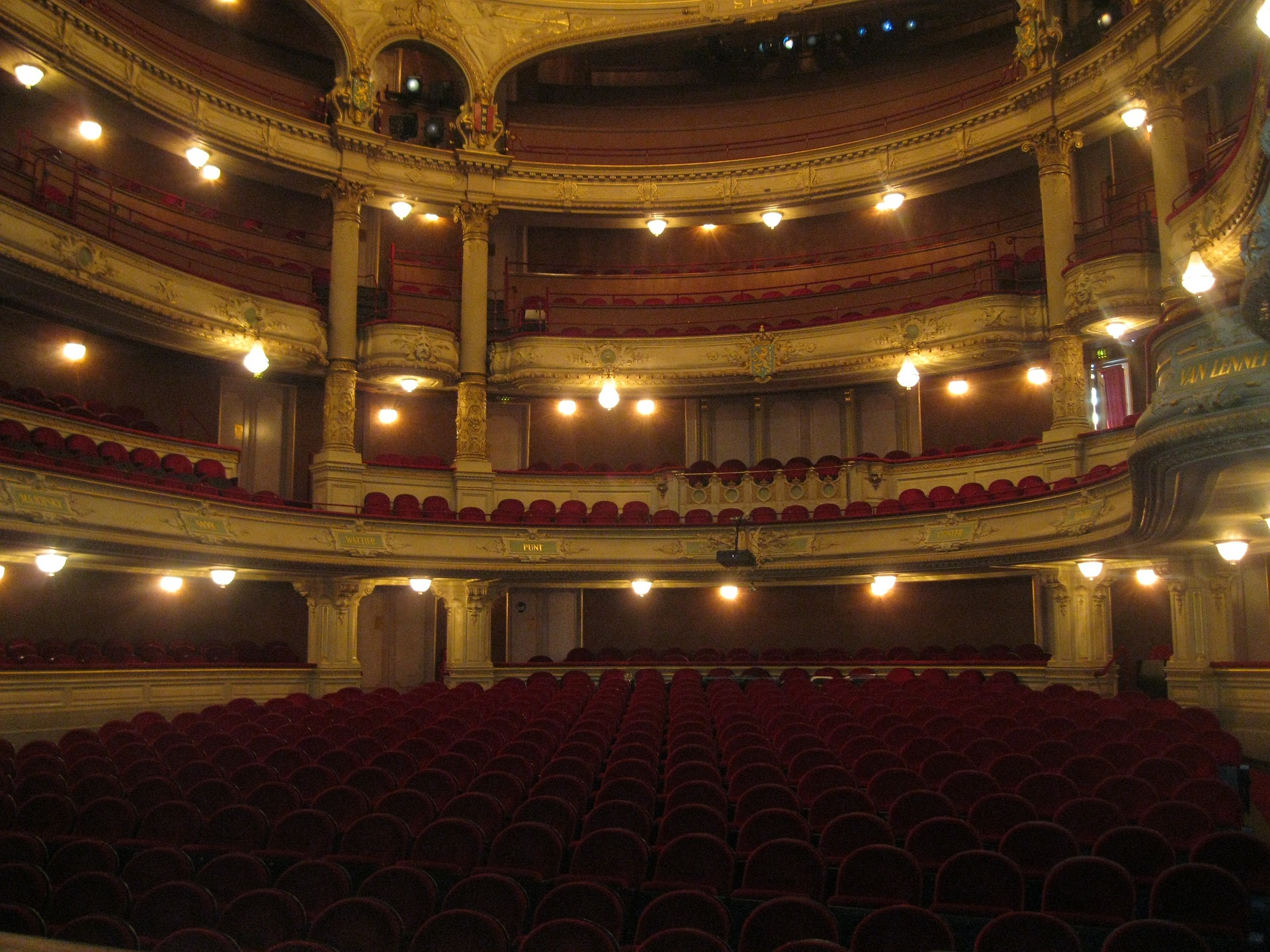Unveiling the Enigma of Micro-Theatre: A Compact Revolution in Performing Arts
Introduction: In the vast landscape of performing arts, a new trend is quietly making its mark. Micro-theatre, a compact and intimate form of theatre, is challenging traditional norms and redefining the boundaries of performance. This article delves into the history, current developments, and impact of this intriguing artistic movement.

A Glimpse into the Past: The Origins of Micro-Theatre
Micro-theatre, as the name suggests, is a form of theatre performed in small, intimate spaces with a limited audience. The roots of this movement can be traced back to the late 20th century, when artists began experimenting with alternative performance spaces to challenge the conventional theatre setup. These performances were often held in unconventional venues like bars, cafes, or even private homes, fostering a unique connection between the performers and the audience.
The Present Scenario: Micro-Theatre in Today’s World
Today, micro-theatre has evolved into a global phenomenon, with performances taking place in cities across the world. The movement has gained momentum due to its adaptability and resilience, especially in the face of the recent pandemic. With social distancing norms in place, micro-theatre has emerged as a viable alternative to traditional theatre, offering a safe and intimate space for artists to express themselves.
The Impact: How Micro-Theatre is Changing the Game
Micro-theatre is not just a trend; it’s a revolution that’s reshaping the performing arts industry. By breaking away from the grandeur and formality of traditional theatre, it offers a raw and authentic experience that resonates with modern audiences. Moreover, it provides a platform for emerging artists to showcase their talent, fostering diversity and inclusivity in the arts.
The Reception: Embracing the Compact Revolution
The reception to micro-theatre has been overwhelmingly positive. Critics and audiences alike have praised its innovative approach and the intimate connection it fosters between performers and viewers. Despite its small scale, micro-theatre has made a big impact, proving that size does not determine the power or significance of artistic expression.
Looking Ahead: The Future of Micro-Theatre
As we move forward, micro-theatre continues to evolve and adapt, reflecting the changing dynamics of our society. With its flexible format and emphasis on intimacy and authenticity, it is poised to play a significant role in the future of performing arts. As this compact revolution continues to unfold, one thing is clear: micro-theatre is here to stay.
In conclusion, micro-theatre is a powerful testament to the adaptability and resilience of the arts. By challenging traditional norms and embracing innovation, it offers a fresh perspective on what theatre can be. As we continue to navigate the complexities of our modern world, micro-theatre serves as a beacon of creativity and connection, reminding us of the transformative power of art.





